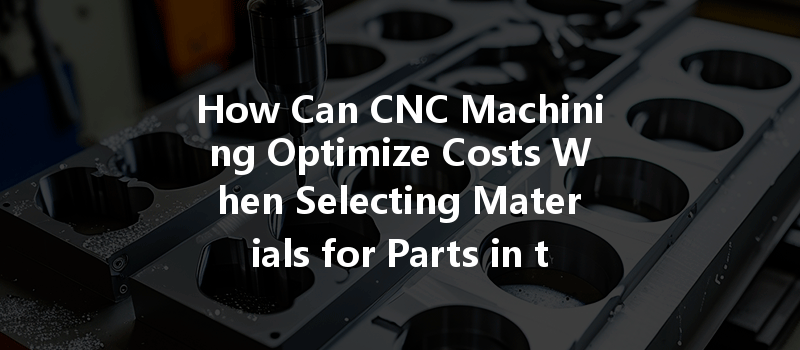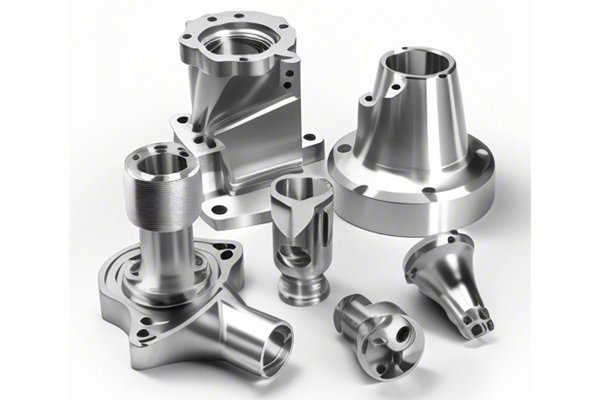Opening: The Intersection of Precision and Profitability
Did you know that up to 60% of the total manufacturing costs in the electronics industry can be attributed to material selection and machining processes? This astounding statistic underscores the pivotal role that material choice plays in not only the final quality of electronic components but also in the overall cost-effectiveness of production. As global competition intensifies, optimizing CNC machining costs is increasingly crucial for manufacturers looking to maintain profitability while delivering high-quality products. In this blog, we will explore effective strategies for selecting materials that can streamline CNC machining costs and enhance both efficiency and profitability in the electronics sector.
—
To optimize costs in CNC machining, manufacturers must first understand the properties of various materials used in the electronics industry. The choice of materials such as aluminum, brass, copper, and various plastics can significantly influence machining time, tool wear, and even post-processing requirements. Factors like hardness, machinability, thermal stability, and electrical conductivity all contribute to the overall efficiency of the CNC machining process.
Another critical aspect of optimizing costs lies in aligning material selection with specific applications. Electronics components have diverse requirements; therefore, selecting materials should be guided by their intended use.
As technology evolves, so do machining processes. Integrating advanced manufacturing techniques like additive manufacturing or hybrid machining can offer novel ways to optimize costs and material usage.

Manufacturers should employ detailed cost analysis techniques to predict machining costs before material procurement. Simple practices like
Establishing strong relationships with suppliers can also serve as a cost optimization strategy. Suppliers often have insights into the latest material technologies and can offer competitive pricing based on volume purchases.
Post-production analysis is vital for maintaining cost efficiencies. By implementing continuous monitoring strategies, manufacturers can evaluate the effectiveness of material choices and CNC processes, leading to informed future decisions.
—
In conclusion, the interplay between material selection and CNC machining costs is complex yet vital for enhancing profitability in the electronics industry. By focusing on understanding material properties, aligning selections with application needs, leveraging advanced techniques, conducting rigorous cost analysis, collaborating with suppliers, and establishing feedback loops, manufacturers can significantly reduce machining expenses while improving product quality.
As the electronics market continues to evolve and become more competitive, these strategies will not only position companies to thrive but also cultivate a culture of innovation and efficiency within the ecosystem. By critically assessing and optimizing material costs in CNC machining processes, organizations can pave the way for sustainable growth, ensuring they remain competitive in this fast-paced industry. Therefore, the importance of this blog and the need for a refreshed perspective on material choice cannot be overstated. It is essential for all stakeholders looking to drive operational excellence and elevate product standards to reconsider their material strategies in the context of modern CNC machining.






